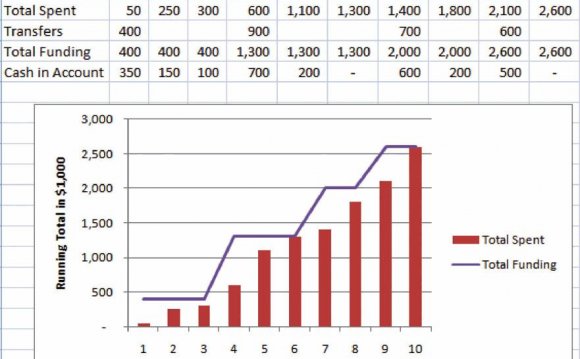
 Project estimates are tough for every project manager and doing it well is often the difference between consistent success and frequent failure. Let’s look at some of the fantasies surrounding project estimates and then how to do it right. Project Estimating Main Page
Project estimates are tough for every project manager and doing it well is often the difference between consistent success and frequent failure. Let’s look at some of the fantasies surrounding project estimates and then how to do it right. Project Estimating Main Page
In the real world, estimating a project’s duration and cost is a high stakes game. The client or executive wants an accurate estimate of the project costs and duration with a commitment from the PM to hit those numbers.When asked for those project estimates by an executive during the initiation process, a project manager may answer with any of the following:
- I’m 60% confident that we can finish the project within a duration range of 3-8 months and a cost between $50, 000 and $250, 000.
- We’ll be done in 5 months or so and the cost will come in at about $110, 000, but that’s just a rough guess!
- I will have no idea until we detail the deliverables, estimate the work and find out how many people I will have to do that work.
- When do you want us to finish and what’s the budget?
Answer #1 – It’s truthful but enrages executives.
Answer #2 – Executives quickly forget “rough guess” and are happy.
Answer #3 – It’s the whole truth but it’s useless for executives.
Answer #4 – It’s very ingratiating but a project deathtrap.
Which choice do most project managers make? Choice #2. It deals with the reality of the situation. Executives are under the gun to make cost/benefit and priority decisions about projects. There are also strategic realities that force certain completion dates on everyone.
The project manager is caught in a narrow vise when asked to provide estimates, particularly when the scope of the project is vague and the availability of resources is largely unknown. However, we make this situation a little better for everyone with a four-step estimating process that we announce during the initiation process. We explain the estimates executives will receive in each of four stages in the project lifecycle.
The Four Stage Project Estimates Process
- Initiating: Project level analogous estimates based on similar projects.
- Early in planning: Project level and major deliverable analogous estimates.
- Final project planning: Bottom up estimates from the team members.
- Weekly status reporting: Rolling estimates weekly until completion.
Let’s look at a four stage estimating process that we might use on a very simple project. An executive invites you into the conference room and says, “All these weekly reports from the branches come in with different data in different formats and I want you to develop a consistent template, pronto. This is a high priority for me and you’ll get everyone’s cooperation. Listen, I have to run to a meeting right now but come back at 3:00. I want to know when you and your team can get it done.”
So the PM thinks through prior experiences with similar projects and accesses the archives for similar project estimates. At 3:00 the project manager is ready and says, “During the project I will give you 4 different estimates. The accuracy will get better and better as we know more and more. The best I can do now is give you a project-level, order of magnitude estimate based on prior experience. I’m 60% confident we can have that done in 18 to 35 working days.”
The executive gives the PM a poisonous look and says, “Okay, come back when you can give me a better estimate.”
YOU MIGHT ALSO LIKE












